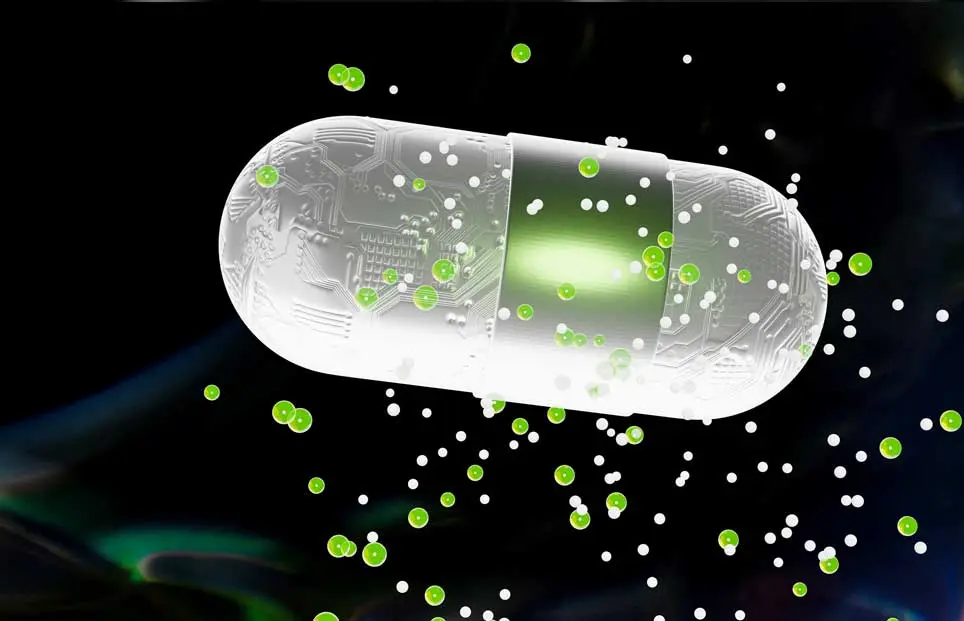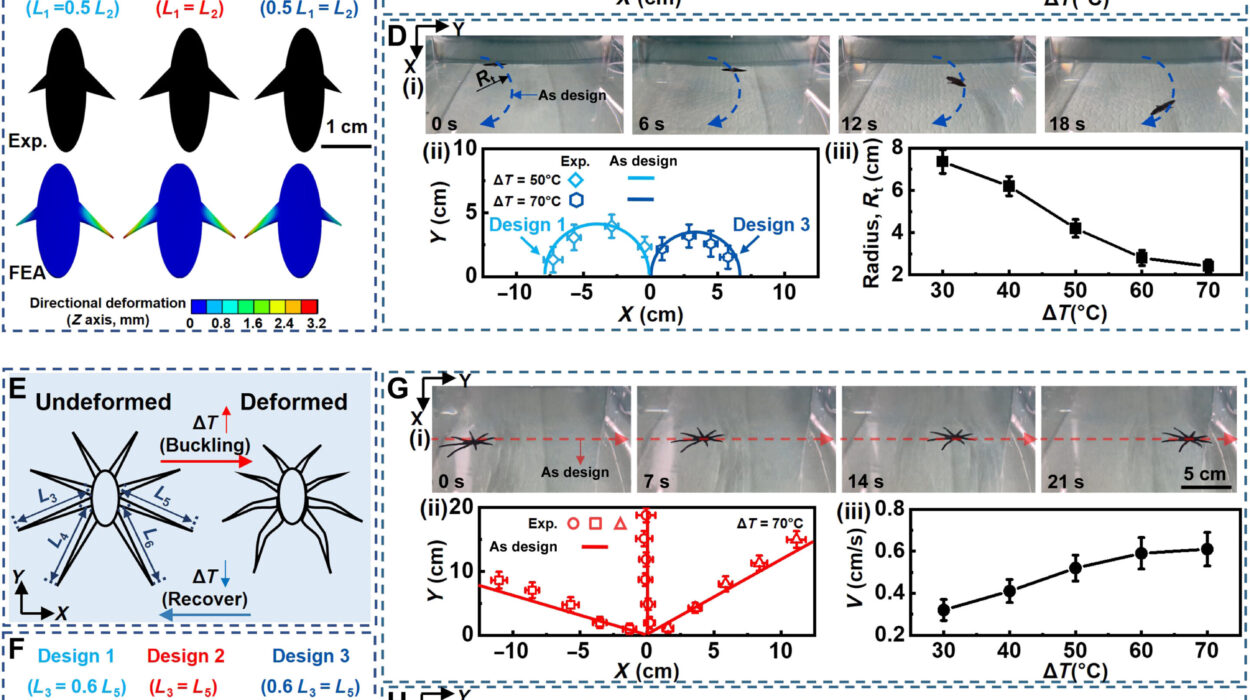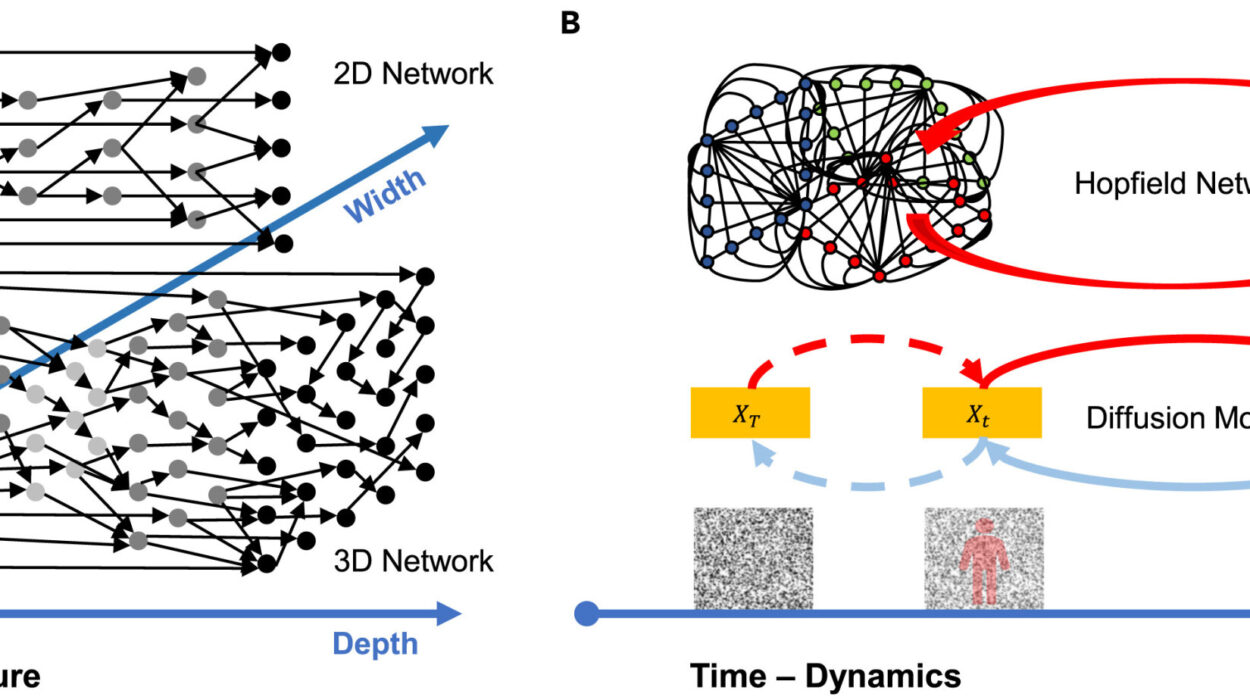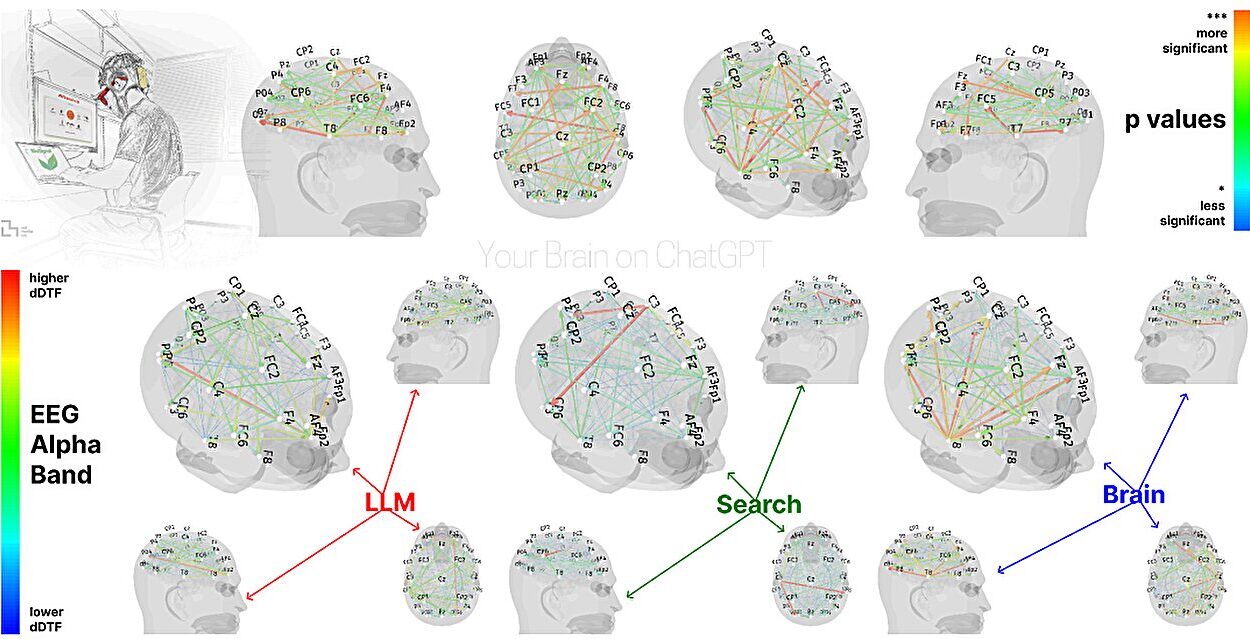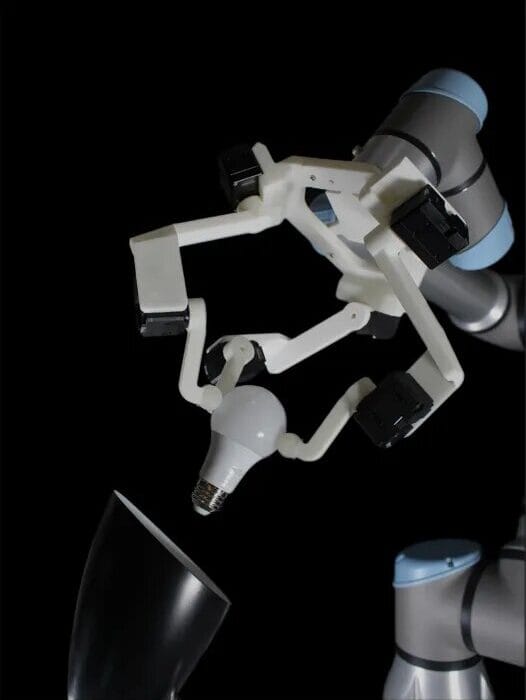Imagine a world where life-saving medicine reaches exactly where it’s needed—no wasted doses, no harsh side effects, no guesswork. A world where tiny, engineered particles travel through your bloodstream like microscopic couriers, delivering precise treatment to diseased cells while leaving healthy tissue untouched. This is not science fiction; it is the frontier of modern medicine.
Drug delivery has long been one of medicine’s greatest challenges. For decades, we have relied on pills, injections, and infusions that flood the entire body, hoping enough of the medicine reaches the problem area. While these methods have saved countless lives, they often come with collateral damage: toxic effects on healthy organs, reduced efficiency, and limited ability to treat complex diseases like cancer or neurological disorders.
Now, a revolution is unfolding. Scientists are building a future where medicine is not just administered but guided, targeted, and even self-adjusting. At the heart of this transformation are nanoparticles—structures so small they can navigate the body at the molecular level—and targeted therapies designed to strike diseases with unparalleled accuracy. Together, they are redefining what is possible in healthcare.
From Ancient Remedies to Precision Delivery
For most of human history, medicine was a matter of broad intervention. Herbs, tinctures, and later, chemical drugs were designed to influence entire systems. The more potent the treatment, the greater the risk of harming healthy tissues. Think of early chemotherapy: it attacked cancer cells but also ravaged hair follicles, bone marrow, and digestive systems, leaving patients weak and vulnerable.
Advances in biology, chemistry, and pharmacology gradually refined drug formulations, but delivery remained blunt. Even antibiotics, which revolutionized healthcare, circulate indiscriminately, often disturbing beneficial bacteria alongside harmful ones. Vaccines, another triumph, rely on systemic immune responses rather than localized action.
The dream of targeted drug delivery—getting medicine precisely where it is needed—has haunted scientists for over a century. Paul Ehrlich, a pioneer of immunology in the early 1900s, envisioned “magic bullets” that could seek and destroy pathogens without harming the host. For decades, it remained just a dream. But as nanotechnology emerged in the late 20th century, that dream began to crystallize into reality.
Understanding Nanoparticles: Medicine at the Molecular Scale
Nanoparticles are particles measured in nanometers, a scale so small that a single human hair is roughly 80,000 to 100,000 nanometers wide. At this scale, materials behave differently, gaining properties that can be harnessed for medical purposes. They can slip through biological barriers, interact with cells in unique ways, and carry molecular cargo with extraordinary precision.
These particles come in many forms: liposomes made of lipid bilayers, polymeric nanoparticles, dendrimers shaped like molecular trees, metallic nanoparticles such as gold or silver, and even naturally derived carriers like exosomes. Each type has unique strengths.
Liposomes, for instance, can encapsulate both water-soluble and fat-soluble drugs, protecting them from degradation until they reach their destination. Polymeric nanoparticles can be engineered to release their payload slowly over time. Metallic nanoparticles can be heated with infrared light to destroy tumors directly. The versatility is staggering.
The surface of nanoparticles can be functionalized with molecules that act like homing devices, guiding them to specific cells or tissues. These “ligands” can recognize receptors overexpressed on cancer cells or inflamed tissues, ensuring that therapeutic agents accumulate where they’re needed most.
How Nanoparticles Navigate the Body
Delivering drugs is not just about creating a tiny capsule; it’s about surviving the journey through the body’s complex landscape. When nanoparticles enter the bloodstream, they face immune cells that may treat them as invaders, enzymes that could break them down, and biological barriers like the blood-brain barrier—a nearly impenetrable shield that protects our brain from toxins but also blocks many helpful drugs.
Scientists design nanoparticles to overcome these challenges. Some are coated with polymers like polyethylene glycol (PEG) to evade the immune system, a process known as “stealthing.” Others are given specific sizes and charges to slip through cellular gateways. Certain nanoparticles are engineered to respond to triggers such as pH changes or enzymes present only in diseased tissues, releasing their drug payload only when they arrive at the target site.
Crossing the blood-brain barrier is one of the greatest triumphs of nanoparticle delivery. Neurological diseases like Alzheimer’s, Parkinson’s, and brain tumors have long defied effective treatment because traditional drugs cannot penetrate this barrier. Now, specialized nanoparticles can ferry therapeutic molecules past these defenses, opening doors to treatments once thought impossible.
Targeted Therapies: The Smart Weapons of Medicine
While nanoparticles act as delivery vehicles, targeted therapies are the weapons they carry. Traditional drugs often act broadly, affecting both healthy and diseased cells. Targeted therapies, however, are designed with molecular precision to interact only with specific disease mechanisms.
In cancer treatment, for example, targeted drugs can bind to proteins unique to tumor cells, shutting down pathways that fuel uncontrolled growth. Some therapies use antibodies—proteins naturally made by the immune system—to recognize and attack cancer cells directly. Others block the blood vessels that feed tumors or trigger the immune system to destroy malignant tissue.
Combining targeted therapies with nanoparticles enhances their effectiveness. A drug encapsulated in a nanoparticle can travel safely through the body, avoid degradation, and accumulate at the tumor site. Once there, it can be released in high concentrations exactly where it is needed, minimizing harm to surrounding healthy tissue.
This approach not only improves treatment outcomes but also reduces side effects—a crucial factor in diseases requiring long-term medication. In many cases, targeted therapies have transformed deadly cancers into manageable chronic conditions, allowing patients to live longer and with better quality of life.
The Promise for Chronic Diseases
The revolution in drug delivery is not limited to cancer. Nanoparticles and targeted therapies hold promise for virtually every field of medicine.
In cardiovascular disease, nanoparticles can deliver drugs directly to clogged arteries, dissolving plaques without exposing the entire body to potent anticoagulants. For diabetes, nanoparticles carrying insulin or gene-editing tools could one day restore natural blood sugar regulation without the need for constant injections.
Autoimmune diseases like rheumatoid arthritis and multiple sclerosis could be treated with nanoparticles that selectively suppress overactive immune cells while sparing healthy immune function. Infectious diseases, including drug-resistant bacteria and viruses, may be tackled by nanoparticles carrying potent antibiotics or antiviral agents that infiltrate infected tissues more effectively than traditional drugs.
Even vaccine delivery is being transformed. The mRNA COVID-19 vaccines that changed the course of the pandemic relied on lipid nanoparticles to protect the fragile genetic instructions and deliver them into human cells—a triumph of nanoparticle technology in real time.
Personalized Medicine: A Future Tailored to You
One of the most exciting aspects of advanced drug delivery is personalization. Every person’s biology is unique—diseases manifest differently depending on genetics, lifestyle, and environment. Traditional medicine often applies a one-size-fits-all approach, but targeted therapies and nanoparticles make customization possible.
Scientists can design nanoparticles that interact with biomarkers unique to an individual’s disease profile. Genetic sequencing allows doctors to identify the precise mutations driving a patient’s cancer, enabling therapies that target those mutations specifically. Imaging technologies can track how nanoparticles behave inside a person’s body, allowing doctors to adjust treatment dynamically.
This tailored approach promises not only greater effectiveness but also fewer side effects, as treatments become as unique as the patients themselves.
Challenges on the Path Forward
Despite its promise, the future of drug delivery is not without obstacles. Developing safe, reliable nanoparticles is complex. The human immune system is vigilant, and unintended immune responses remain a risk. Long-term safety data is still being gathered, as nanoparticles can accumulate in organs in ways we do not yet fully understand.
Manufacturing nanoparticles consistently and at scale is another hurdle. Their size and structure must be controlled at the atomic level—a daunting task when producing millions of doses. Regulatory frameworks are evolving to assess these novel therapies, balancing innovation with patient safety.
Cost is a significant concern as well. Advanced therapies are often expensive, raising questions about equitable access. The challenge for the next decade is to make these cutting-edge treatments affordable and available to patients worldwide, not just in wealthy nations.
The Ethical Dimension of Precision Medicine
With great power comes profound responsibility. As we develop tools to manipulate the body at the molecular level, ethical questions arise. Who decides how these therapies are used? How do we ensure they are safe and tested rigorously? Could the same technology be misused for enhancement rather than healing, blurring the line between medicine and bioengineering?
Informed consent becomes more complex when treatments are highly experimental or tailored to individual genetics. Privacy concerns grow as personalized medicine relies on vast amounts of genetic and biological data. Addressing these questions requires collaboration between scientists, ethicists, policymakers, and the public.
A Glimpse Into Tomorrow’s Medicine
Despite challenges, the trajectory of drug delivery is undeniably toward greater precision, safety, and effectiveness. Imagine the medicine of the near future: a patient diagnosed with early-stage cancer receives an infusion of nanoparticles carrying a customized drug. Guided by molecular markers, these particles home in on the tumor, releasing their payload only where needed. The tumor shrinks without the debilitating side effects of chemotherapy. Meanwhile, nanoparticles monitor the patient’s response, sending data to doctors in real time.
For a child with a rare genetic disorder, nanoparticles deliver gene-editing tools directly to affected cells, correcting the mutation at its source. For someone with Alzheimer’s, therapeutic nanoparticles cross the blood-brain barrier, halting the progression of disease that was once untreatable.
This vision is not distant speculation—it is steadily becoming reality through ongoing research and clinical trials. Every year brings new breakthroughs: smarter nanoparticles, more selective therapies, better imaging to track drug delivery. The future of medicine is taking shape not in giant leaps but in billions of nanoscale steps.
The Human Heart of Innovation
At its core, the future of drug delivery is not just about technology—it is about people. Behind every nanoparticle, every therapy, every clinical trial, are patients hoping for relief from pain, families longing for cures, and scientists driven by compassion as much as curiosity.
Consider the story of a cancer patient whose tumor has resisted conventional chemotherapy. Through an experimental nanoparticle therapy, doctors deliver drugs directly to cancer cells, sparing the patient’s immune system. For the first time in years, the patient walks without fatigue, dreams without fear. This is the quiet miracle of precision medicine—not just prolonging life but restoring its quality and dignity.
Nanoparticles and targeted therapies represent humanity’s ingenuity in its purest form: the desire to heal without harm, to turn illness into wellness through understanding and innovation.
The Dawn of Precision Healing
The journey from crude potions to targeted nanoparticles is a testament to science’s relentless progress. Yet it is more than progress—it is a paradigm shift. Medicine is no longer only about fighting disease but about doing so intelligently, gracefully, and humanely.
As we stand on the brink of this new era, one truth becomes clear: the smallest tools may bring the biggest changes. In the invisible world of nanoparticles, we find hope for treating the most stubborn diseases, for personalizing care, and for rewriting what it means to heal.
The future of drug delivery is not just approaching—it has already begun, one nanoscale breakthrough at a time. And with it comes a promise: that medicine will no longer be a blunt weapon but a precise, compassionate art that reaches exactly where we need it most.
